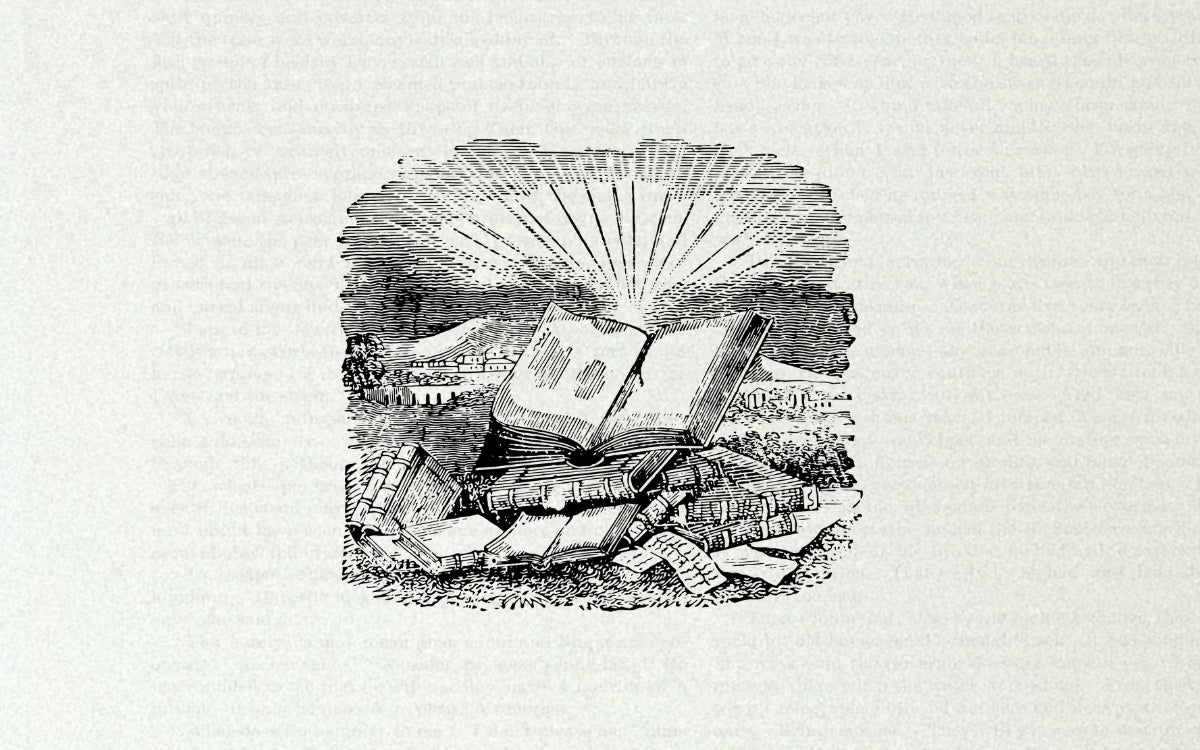The Bullet Journal method is a great tool for helping people with ADHD (attention deficit hyperactivity disorder) tame mental chaos, get organized, and set goals.
Bullet Journal creator Ryder Carroll initially created the Bullet Journal method to help him navigate life with his own ADHD, making the Bullet Journal method good for managing ADHD symptoms.
Bullet Journal Is For ADHD
The picture-perfect Bullet Journals you see online might have you thinking the method is only for people who are already good at staying on top of things and have artistic talent. This is not true. The Bullet Journal method is for everyone and it is, most of all, designed with ADHD needs in mind.
There are a lot of ways to organize and plan your tasks, but the Bullet Journal method is the best journal method for people with ADHD because it was made to answer the ADHD needs of its creator.
 There’s no Bullet Journal without ADHD. While a regular planner or a simple to-do list does the basic job of organizing tasks, the Bullet Journal method is different in that it’s built to help you thread together ideas that interest you now, figure out how to prioritize tasks, and keep track of events weeks or months in advance.
There’s no Bullet Journal without ADHD. While a regular planner or a simple to-do list does the basic job of organizing tasks, the Bullet Journal method is different in that it’s built to help you thread together ideas that interest you now, figure out how to prioritize tasks, and keep track of events weeks or months in advance.
How to Set Up A Bullet Journal for ADHD
Setting up your first Bullet Journal is simple. Start with a notebook and a black pen. If you're not sure what type of notebook you need, you can check out our guide on how to choose a Bullet Journal notebook.
Don’t stress yourself out with making art or adding decorations with stickers and washi tape if that’s overwhelming to you. A pen and a notebook are all you need to get started.
Here are some tips for setting up a BuJo for the first time if you have ADHD:
- Keep it simple: Start with the basics and avoid complicating your Bullet Journal set up. Stick to a pen, your notebook, headers, simple layouts, and the basic bullets.
- O = Events
- – = Notes
- X = Task Complete
- > = Task Migrated (A task that's been moved forward into the next Monthly Log or a Collection)
- < = Task Scheduled (A task that's been moved backward into the Future Log)
- Utilize Collections: Collections are notes and tasks that are connected in some way. Instead of having them scattered throughout your BuJo, you can create a Collection that functions as a brain dump for all of your entries. Just title a blank page with what the Collection is about and start migrating related entries to that page.
- Regularly review tasks: Some tasks aren’t as important as others. You may even find later on that a task might not be worth doing. When you see a task that is not being completed after multiple migrations, pause and ask yourself if this is actually a good use of your time and energy. If it is not, remove it from your entries to minimize mental noise.
- Make use of your monthly logs, weekly logs, and daily logs: It may seem tedious to rewrite entries again and again, but the monthly, weekly, and daily logs make it easier for you to visualize a task in context of a given point in time. You can learn the differences between the many Bullet Journal logs and how to do it yourself with our guide on how to get started with Bullet Journaling.
Tips for Sticking to Your Bullet Journal
Developing a routine for Bullet Journaling is one of the harder parts of getting started with the method, but it quickly becomes a natural thing to do. The more that you Bullet Journal and benefit from the method, the more you will find yourself reaching for your Bullet Journal or thinking that you have to put something in your Bullet Journal.
If you find that you have trouble remembering your physical Bullet Journal, you can use a digital journaling or knowledge management tool alongside it to help you keep track of things.





